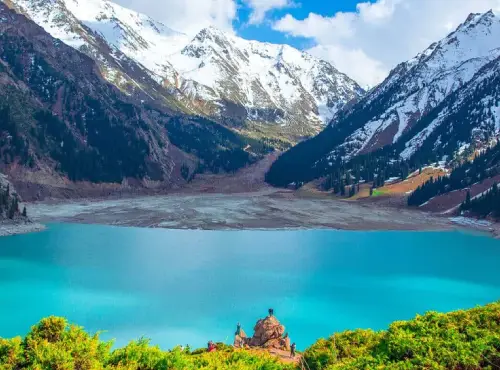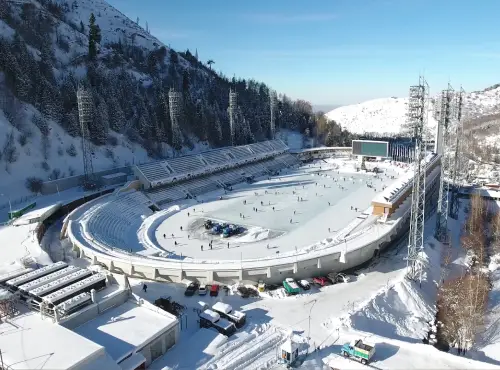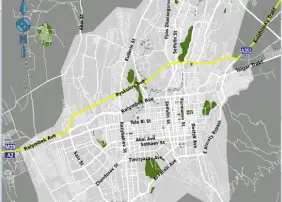History
Ancient roots and Soviet heritage.
History of Almaty’s Early Age. Almaty, the largest city in Kazakhstan, has a rich history that dates back to the Bronze Age. The area was originally a major trading hub on the Silk Road, connecting the East and West. In the 10th century, the settlement of Almatu was established, which eventually grew into a significant cultural and commercial centre.
During the 19th century, Almaty, then known as Verniy, became a part of the Russian Empire. It flourished as a key military outpost and administrative centre. In the 20th century, Almaty became the capital of the Kazakh SSR under Soviet rule, leading to rapid urban development and modernization. Although the capital was moved to Astana (now Nur-Sultan) in 1997, Almaty remains Kazakhstan’s cultural and economic heart, reflecting its blend of ancient traditions and Soviet heritage.

Geography


Geography
Mountainous landscapes and urban charm.
Almaty is located in southeastern Kazakhstan, nestled at the foothills of the Trans-Ili Alatau mountains, part of the larger Tien Shan mountain range. Covering an area of about 682 square kilometres, the city is known for its stunning natural scenery and diverse climate, with warm summers and cold, snowy winters.
The city’s proximity to the mountains makes it a gateway to numerous outdoor activities, such as hiking, skiing, and mountaineering. Iconic natural landmarks include the Medeu ice skating rink, set high in the mountains, and the Big Almaty Lake, a picturesque alpine reservoir. Almaty’s urban landscape features wide boulevards, leafy parks, and a mix of Soviet-era buildings and modern skyscrapers, creating a vibrant and dynamic cityscape that blends natural beauty with urban sophistication.
